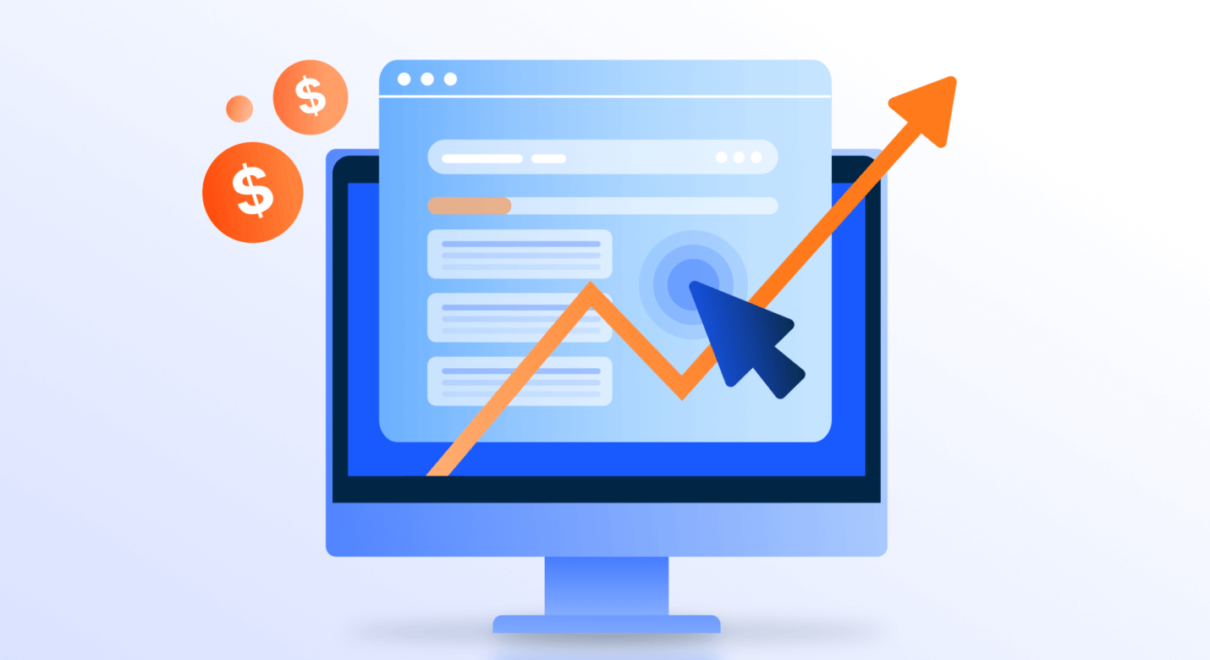Pay-per-click (PPC) advertising is a powerful digital marketing tool that enables businesses to reach targeted audiences, drive traffic, and generate leads quickly.
However, running a PPC campaign without assessing its performance can lead to wasted budgets and missed opportunities.
To truly benefit from PPC, it’s essential to know how to measure and analyze its success accurately.
In this article, we’ll explore key metrics and strategies to help marketers evaluate PPC advertising success effectively.
1. Set Clear Objectives for Your PPC Campaign
Before launching a PPC campaign, it’s crucial to establish clear, measurable goals. Whether you aim to increase brand awareness, drive website traffic, or boost conversions, having specific objectives will guide your campaign setup and help in evaluating its success. Popular PPC objectives include:
- Increasing website visits or traffic volume
- Generating leads or sales
- Boosting brand visibility and recognition
- Achieving a high return on ad spend (ROAS)
2. Track Essential PPC Metrics
Evaluating the success of a PPC campaign requires monitoring several metrics. Here are some of the most important metrics to consider:
a. Click-Through Rate (CTR)
CTR measures the percentage of people who clicked on your ad after seeing it. A high CTR generally indicates that your ad is compelling and relevant to your target audience. You can calculate CTR using the formula:
CTR=(ClicksImpressions)×100CTR = \left( \frac{\text{Clicks}}{\text{Impressions}} \right) \times 100
b. Conversion Rate
The conversion rate reveals how many of the people who clicked on your ad completed a desired action, like making a purchase or signing up for a newsletter. It’s calculated as:
Conversion Rate=(ConversionsClicks)×100\text{Conversion Rate} = \left( \frac{\text{Conversions}}{\text{Clicks}} \right) \times 100
c. Cost per Click (CPC)
CPC measures the average amount you pay for each click on your ad. It’s a critical metric as it affects your overall PPC budget and return on investment.
d. Cost per Conversion (CPA)
CPA shows how much you’re spending to gain a single conversion. It’s calculated as:
CPA=Total CostConversions\text{CPA} = \frac{\text{Total Cost}}{\text{Conversions}}
This metric is essential for understanding if your ad spend is delivering the desired results.
e. Return on Ad Spend (ROAS)
ROAS is a key indicator of PPC success and efficiency. It represents the revenue generated for every dollar spent on ads:
ROAS=RevenueAd SpendROAS = \frac{\text{Revenue}}{\text{Ad Spend}}
A high ROAS suggests a positive ROI, while a low ROAS indicates that adjustments may be necessary.
f. Quality Score
Google’s Quality Score metric evaluates the relevance and quality of your PPC ads and landing pages. Higher Quality Scores often result in lower CPCs and better ad placements, making it a crucial factor for maximizing campaign efficiency.
3. Leverage Conversion Tracking and Analytics Tools
To accurately measure conversions, set up conversion tracking within your PPC platform. Google Ads, for instance, offers robust tracking options for monitoring form submissions, sales, sign-ups, and more. Additionally, using tools like Google Analytics or Tag Manager can provide deeper insights into user behavior and conversion paths.
4. Evaluate Ad Relevance and Quality
An effective PPC campaign isn’t just about clicks; it’s about showing the right message to the right audience. Regularly assess your ad copy, keywords, and targeting settings. Consider running A/B tests to experiment with different headlines, descriptions, and call-to-actions. This will help identify which variations generate higher engagement and conversions.
5. Analyze Audience Demographics and Behavior
Understanding who interacts with your ads is crucial for optimizing targeting and improving ROI. PPC platforms like Google Ads offer demographic insights that reveal users’ ages, locations, and devices. By identifying patterns in audience behavior, you can refine your targeting strategy, potentially reducing costs and increasing conversions.
6. Implement Ad Scheduling and Geotargeting
Time and location matter in PPC campaigns. Using ad scheduling allows you to control when your ads appear, helping you avoid spending on clicks during low-performing hours. Similarly, geotargeting ensures that ads are shown to users in specific regions where your product or service is available. Analyzing performance based on these factors can enhance your campaign’s efficiency.
7. Adjust Bids and Budget Allocation
Continuously monitoring your PPC performance will reveal opportunities to adjust bids and budgets. Focus on high-performing keywords and allocate more budget to them, while reducing spend on low-performing terms. Platforms like Google Ads offer automated bidding strategies that help maximize conversions based on your goals, though manual adjustments are also an option if you prefer tighter control.
8. Monitor Competitor Performance
Staying informed about competitor activities can reveal industry trends and keywords they target. Tools like SEMrush or Ahrefs allow you to monitor competitor keywords and ad copy, helping you identify gaps and opportunities in your strategy.
9. Calculate Lifetime Value (LTV) and Customer Acquisition Cost (CAC)
To evaluate the long-term success of a PPC campaign, consider the Lifetime Value (LTV) and Customer Acquisition Cost (CAC). LTV represents the revenue generated from a customer over their lifetime, while CAC is the cost to acquire a new customer. These metrics help assess how well PPC campaigns contribute to long-term growth.
10. Regularly Optimize for Better Results
The best PPC campaigns are those that are constantly tested and optimized. Regularly review campaign data, make adjustments based on performance, and continue to refine your strategy. PPC is dynamic; changes in search trends, audience behavior, and competitive landscape all impact results.
Conclusion
Measuring PPC advertising success involves more than just tracking clicks and impressions.
By understanding and analyzing essential metrics such as CTR, conversion rate, ROAS, and Quality Score, marketers can ensure their campaigns drive meaningful results.
Continuous optimization and data-driven adjustments are key to maximizing PPC ROI, ensuring that every dollar spent contributes to business growth and profitability.






